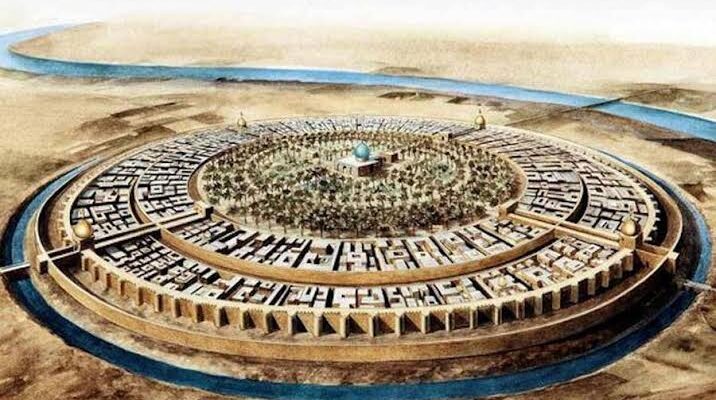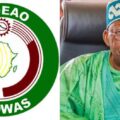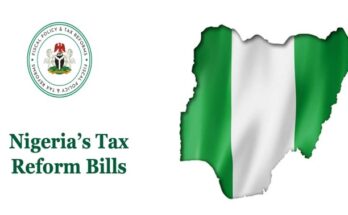Nestled in the lush rainforests of present-day Nigeria, the Benin Kingdom stands as a testament to the rich cultural heritage and historical significance of West Africa.
Renowned for its intricate bronze artworks, advanced political organization, and vibrant trade networks, the Benin Kingdom thrived for centuries, leaving an indelible mark on the region’s history.
The roots of the Benin Kingdom can be traced back to the 11th century when the Edo people, under the leadership of Prince Oranmiyan, established the kingdom.
READ ALSO: Benin City residents gather to watch a “suspected witch” that landed on a high tension cable.
Situated in the heart of what is now southern Nigeria, the city of Benin became the capital of this burgeoning empire.
Over time, the kingdom evolved into a sophisticated and well-organized society.
Leadership style of the Benin kingdom

One of the hallmarks of the Benin Kingdom was its remarkable political structure.
Governed by a monarchy, the Oba, or king, served as both a political and spiritual leader. The Oba was considered divine, and his authority was absolute.
This centralized authority facilitated effective governance, allowing the kingdom to maintain stability and flourish despite external pressures.
The Benin Kingdom’s military prowess played a crucial role in its success.
The Oba commanded a formidable army that safeguarded the kingdom’s borders and protected its interests.
This military strength allowed the Benin Kingdom to fend off external threats and expand its influence in the surrounding regions.
The kingdom’s strategic location along trade routes also contributed to its prosperity, as it became a key player in the trans-Saharan and trans-Atlantic trade networks.
The Benin trade system

Art and craftsmanship flourished in the Benin Kingdom, with the creation of intricate bronze sculptures that captured the cultural and spiritual essence of the society.
The renowned Benin Bronzes, cast using a unique lost-wax technique, depicted royalty, warriors, and deities.
These artworks not only served as a testament to the kingdom’s artistic achievements but also became valuable trade commodities, exchanged with European powers during the colonial era.
Trade was a vital component of the Benin Kingdom’s economy. The kingdom engaged in extensive commerce with neighboring regions, exchanging goods such as ivory, pepper, and palm oil.
The city of Benin became a vibrant economic hub, attracting merchants from far and wide. This economic prosperity fueled the kingdom’s growth and contributed to the flourishing cultural and intellectual life of its people.

The advent of the Europeans
The arrival of European explorers in the 15th century brought about significant changes for the Benin Kingdom.
Initially, trade relations were established, but as European powers sought to exploit the region, tensions escalated.
The 1897 British Punitive Expedition resulted in the invasion of Benin City, marking the end of the kingdom’s independence.
The British looted the city, including the famous Benin Bronzes, which were later dispersed to various museums around the world.
READ ALSO: All the way from Benin: Rema’s concert shuts down India, causes traffic in New Delhi
Conclusion
Despite the challenges and changes, the legacy of the Great Benin Kingdom endures. The surviving artworks, artifacts, and historical records provide a glimpse into a once-thriving civilization that shaped the cultural landscape of West Africa.
Today, efforts are underway to repatriate the looted Benin Bronzes, highlighting the ongoing importance of preserving and honoring the legacy of this remarkable kingdom.
The Great Benin Kingdom remains an integral part of Africa’s rich tapestry, a testament to the resilience and cultural contributions of its people throughout history.








